Back to: Echoes of Indiana Avenue
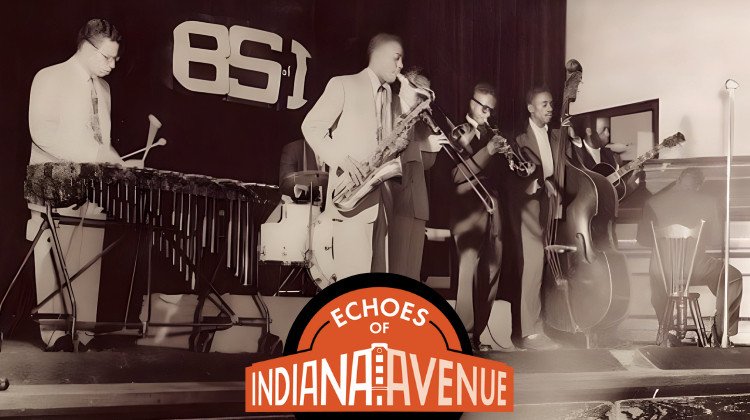
The Bebop Society of Indianapolis
September 28, 2025
Listen to an hour of music celebrating the legacy of The Bebop Society of Indianapolis. Hear rare recordings from Avenue musicians, including Wes Montgomery, Carl Perkins, David Baker, Pookie Johnson and more.
In the early 1940s, a new style of jazz music known as bebop began to emerge. Bebop marked a revolutionary shift in jazz, breaking away from the swing dance music of the 1930s. Bebop was born in after-hours jam sessions at venues like Minton’s Playhouse in Harlem. Bebop developed as musicians sought greater artistic freedom and technical challenge. Artists like Charlie Parker, Dizzy Gillespie, and Thelonious Monk pushed the boundaries of harmony, rhythm and improvisation. They created a style that featured fast tempos with complex melodies and chord progressions. Bebop transformed jazz into a modernist art form that focused on creativity, over commercial appeal.
Here in Naptown, the Avenue was the place to hear bebop music. In 1946, Dizzy Gillespie performed at the Avenue’s Sunset Terrace nightclub, and in January of 1948 Charlie Parker played there too. 1948 was also the year that a collective of Naptown musicians and music fans, formed The Bebop Society of Indianapolis.
At that time, bebop music had not yet gained, widespread acceptance among music fans. The Bebop Society held concerts and lectures to educate the public on the music’s importance Their events were not held in nightclubs, the society hosted gatherings in community centers, including, The Senate Avenue YMCA, The Phyllis Wheatley YWCA, The Flanner House, and the Crispus Attucks High School auditorium. Guest speakers at the Bebop Soierty’s events, included Crispus Attucks’ music teacher Norman Merrifield and Jack Tracey, an editor for Down Beat magazine.
The Bebop Society also fought against racial segregation at music events. In 1948, members of the Bebop Society desegregated a Stan Kenton concert, at Riverside Park. As headline, in the Indianapolis Recorder stated, “Youth Group Breaks Jim Crow and Attends Concert at Riverside”. The Society also provided scholarships for talented young musicians, including the future Avenue jazz star David Baker.
But The Bebop Society’s main focus was music, and their concerts featured the greatest jazz musicians in Naptown, including Pookie Johnson, Wes Montgomery, Carl Perkins, Buddy Montgomery, Monk Montgomery, Joe Mitchell, Maceo Hampton, Les “Bear” Taylor, Benny Barth, and Willis Kirk, who served as president of the Society in 1950.
 DONATE
DONATE




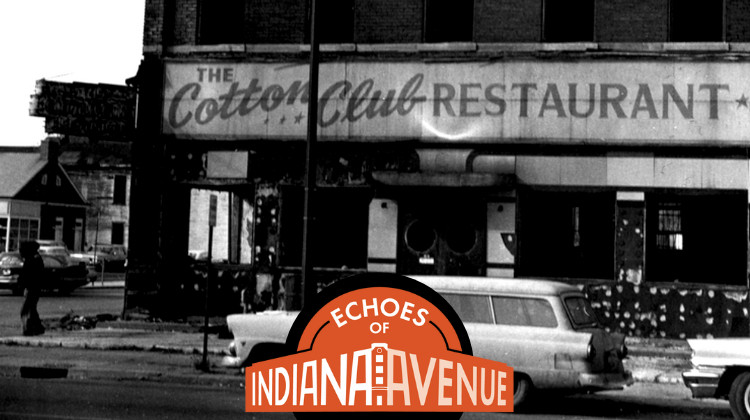
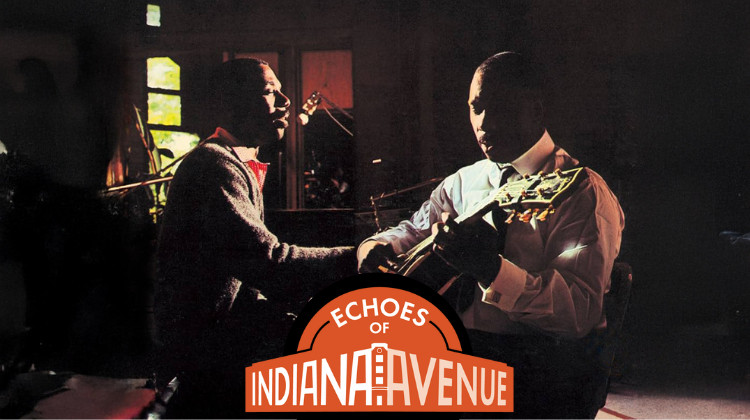
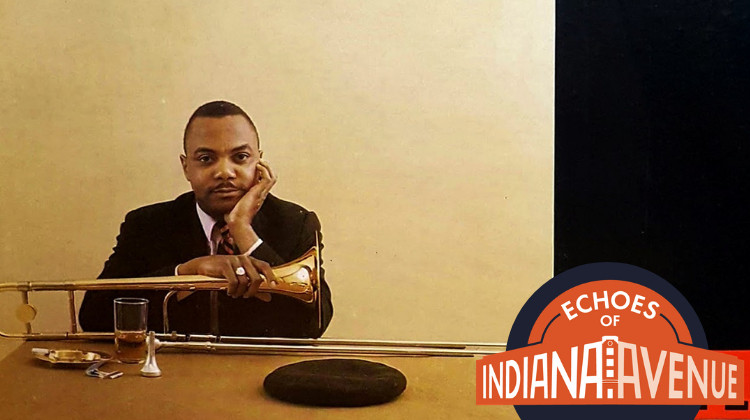
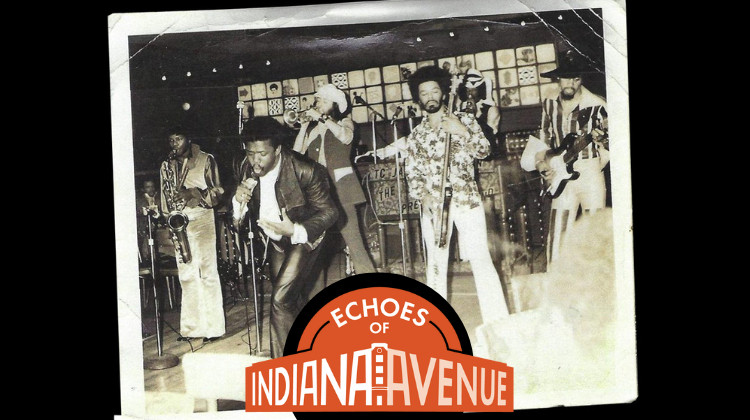

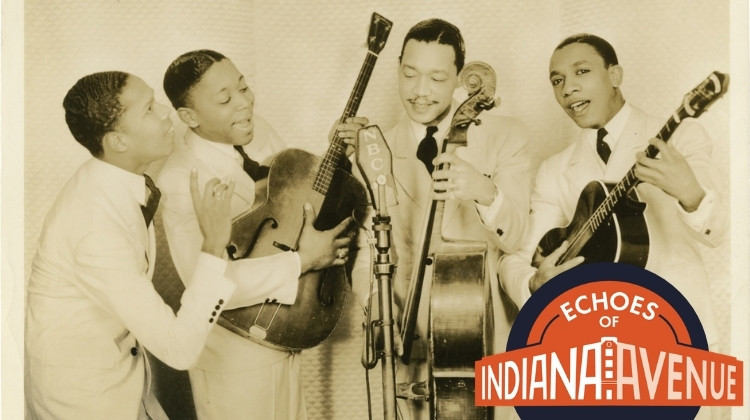
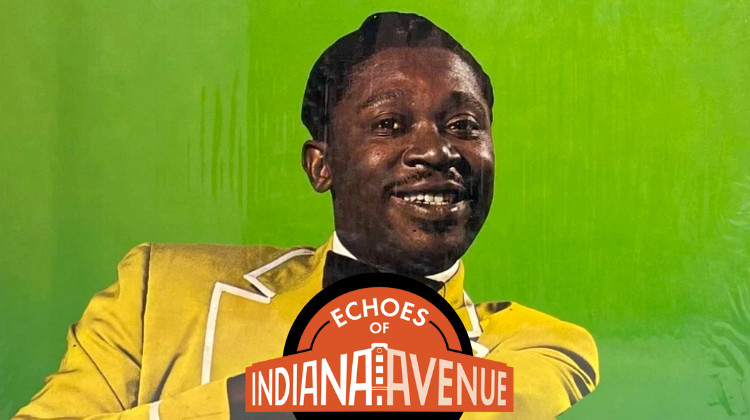
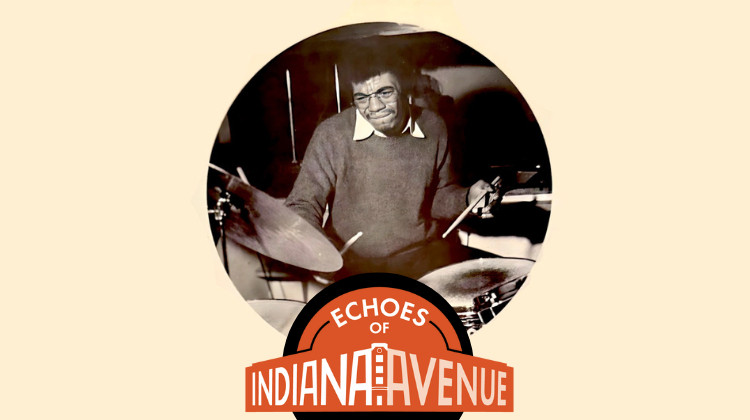
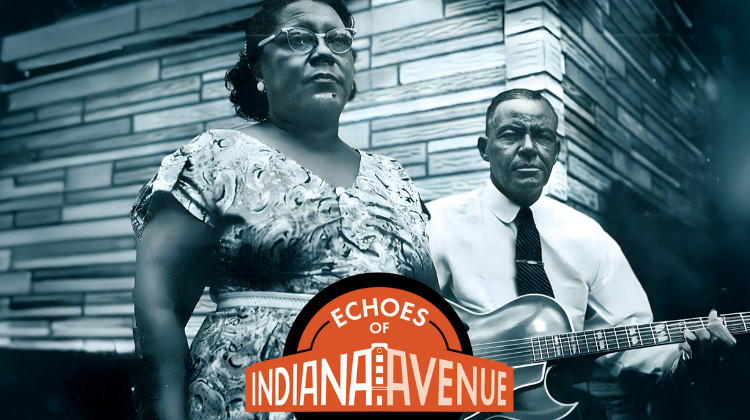
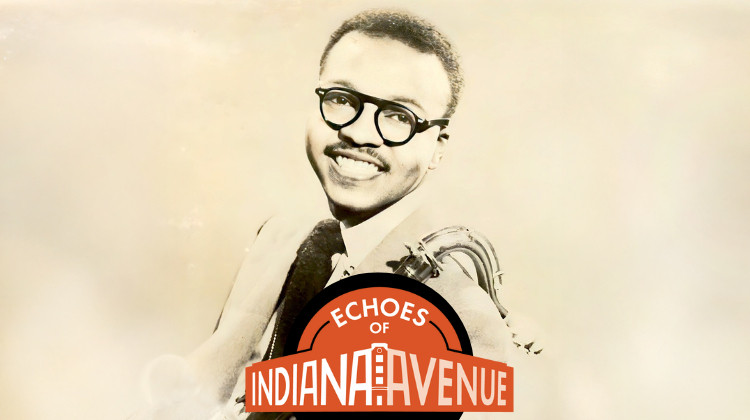
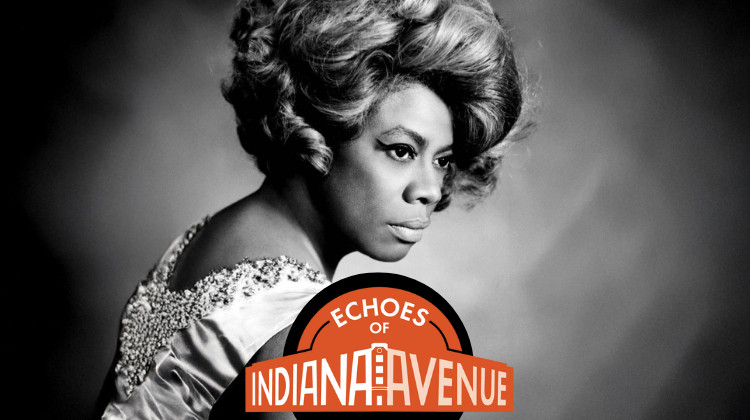
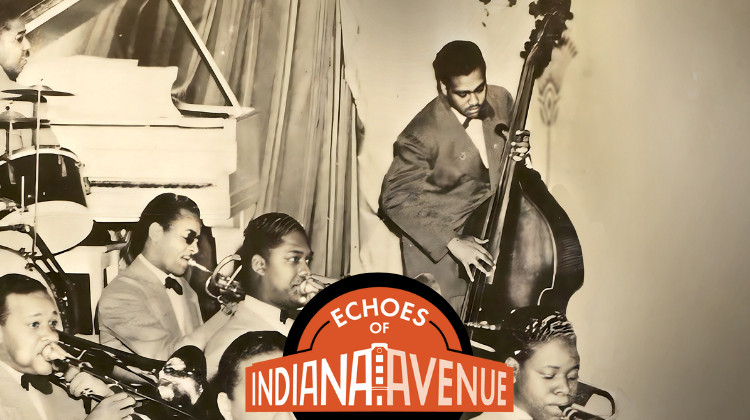
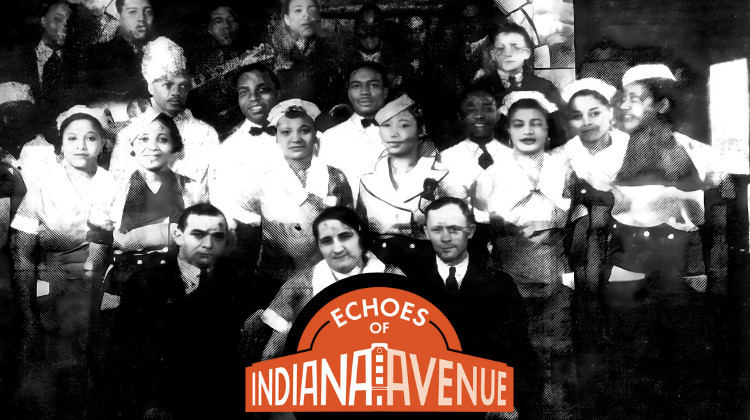
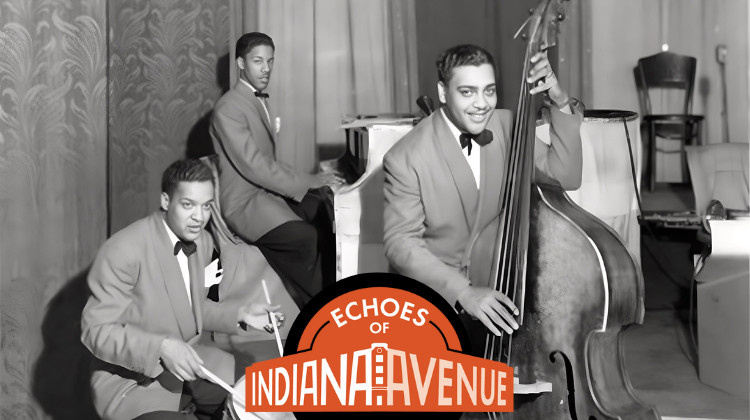
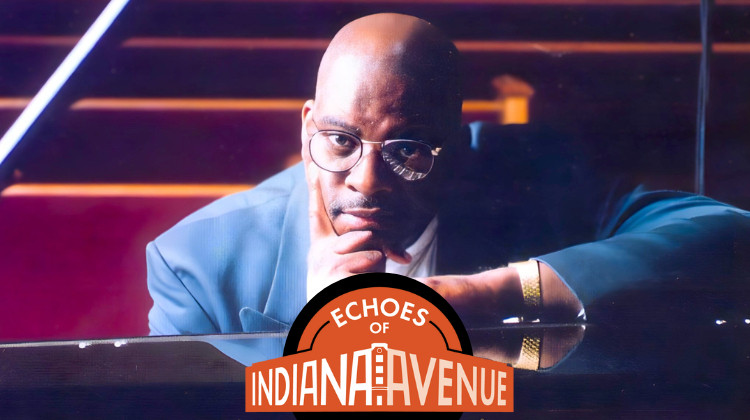
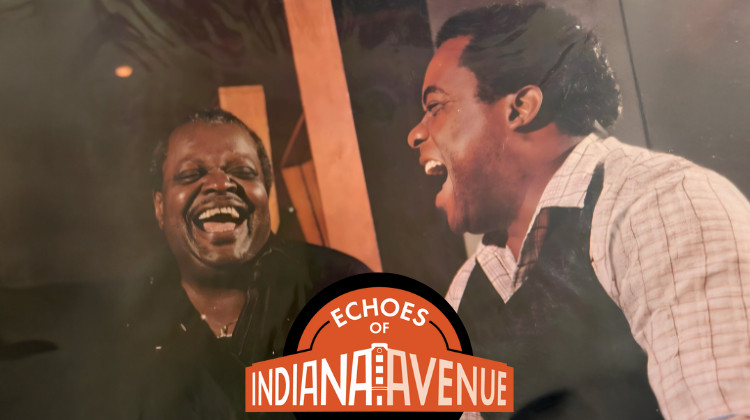
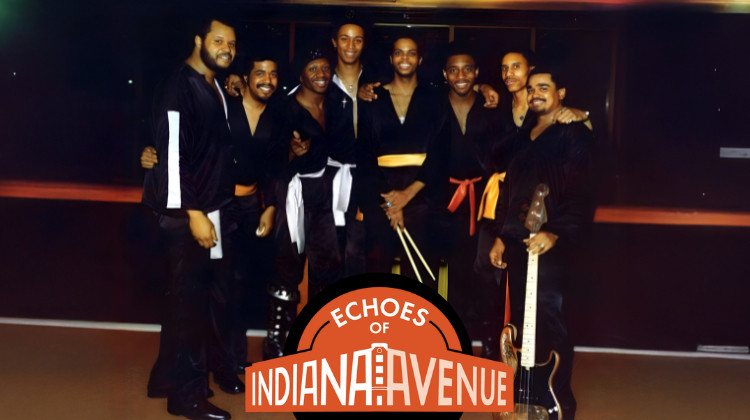
 View More Programs
View More Programs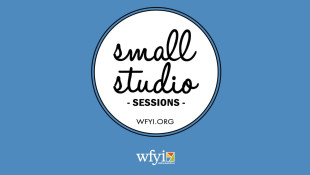

 Support WFYI. We can't do it without you.
Support WFYI. We can't do it without you.